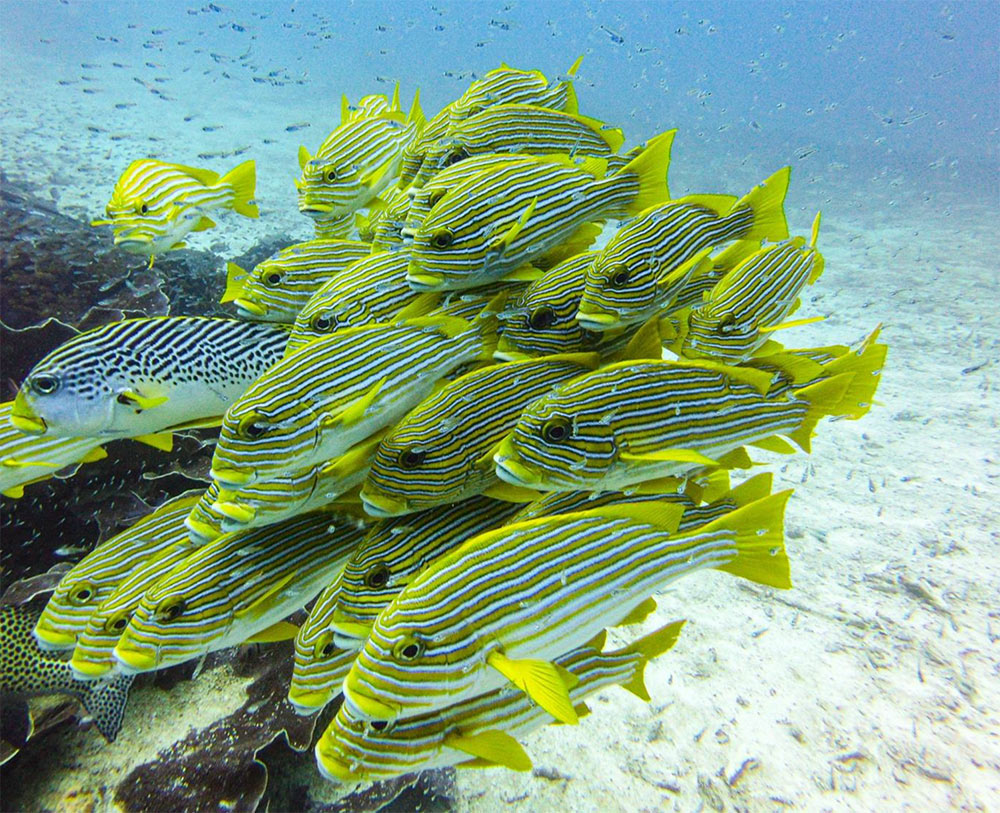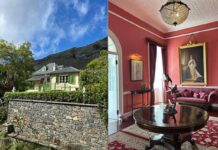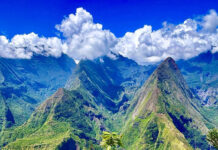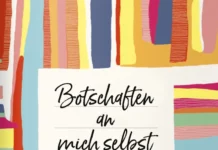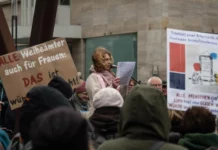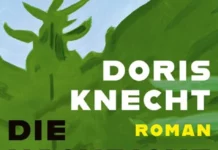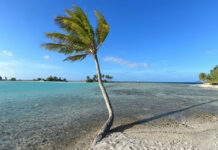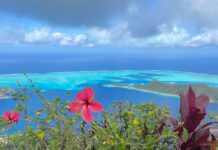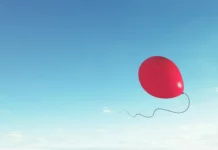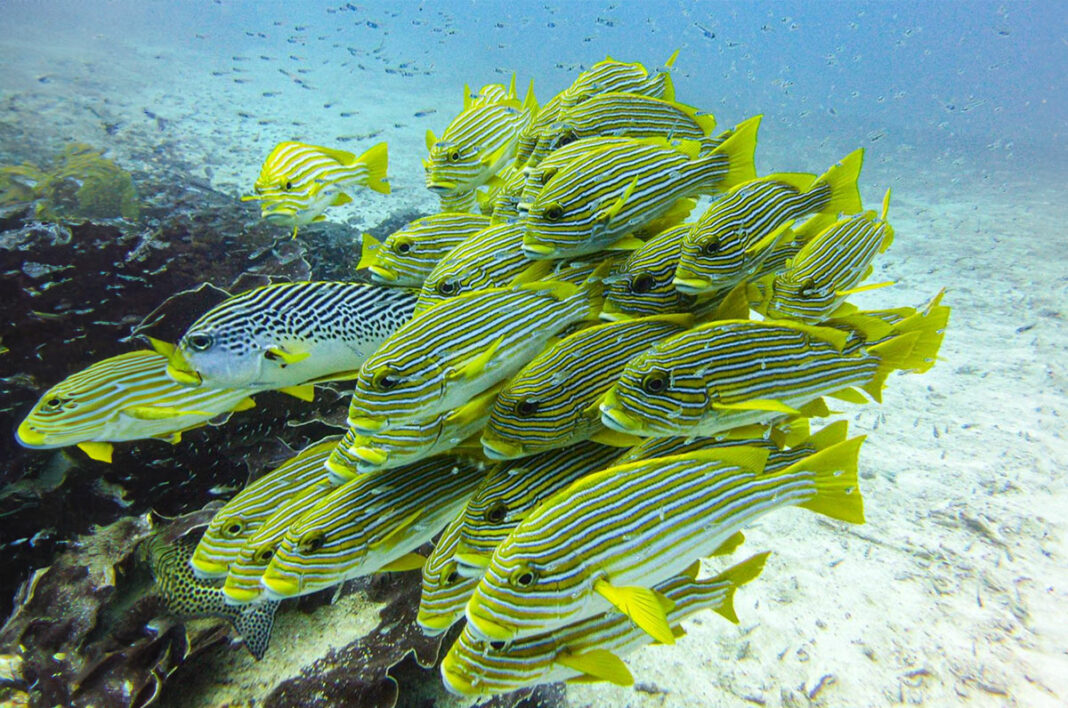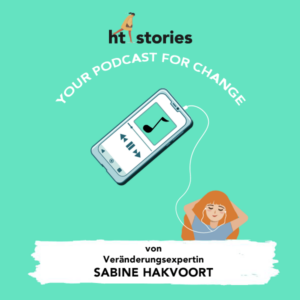In every travel guide you can read that Sorong, in West Papua, is not a touristic highlight. A faceless place full of trash and ugliness. The divers who arrive at the airport are immediately dropped off at the marina and transported to the diving boat anchored in the harbor. They quickly head to the nature reserves of Misool and Central, where you will find the most beautiful diving areas in the world. Given this information, there is little desire to explore, but ultimately curiosity wins.
We make our way to the only Buddhist temple we have seen so far, which looks very interesting and attractive from a distance, perched on a hill above the city. Unfortunately, it is locked, but the cheerful little group of schoolchildren, who have settled in the shadow of the tower, swarm out. Everyone wants to shake our hands, they giggle and laugh, and finally we must take a photo with teachers and parents. A very warm interlude, full of joy of life and open-mindedness. This isn’t mentioned in any travel guide. People in this part of Papua are enthusiastic about meeting tourists. They examine the strangers in a loving and curious way and, similar to the people in Fiji, are curiously friendly. Most do not speak English, but body and sign language are positive and open. It’s a pleasant experience to meet them.
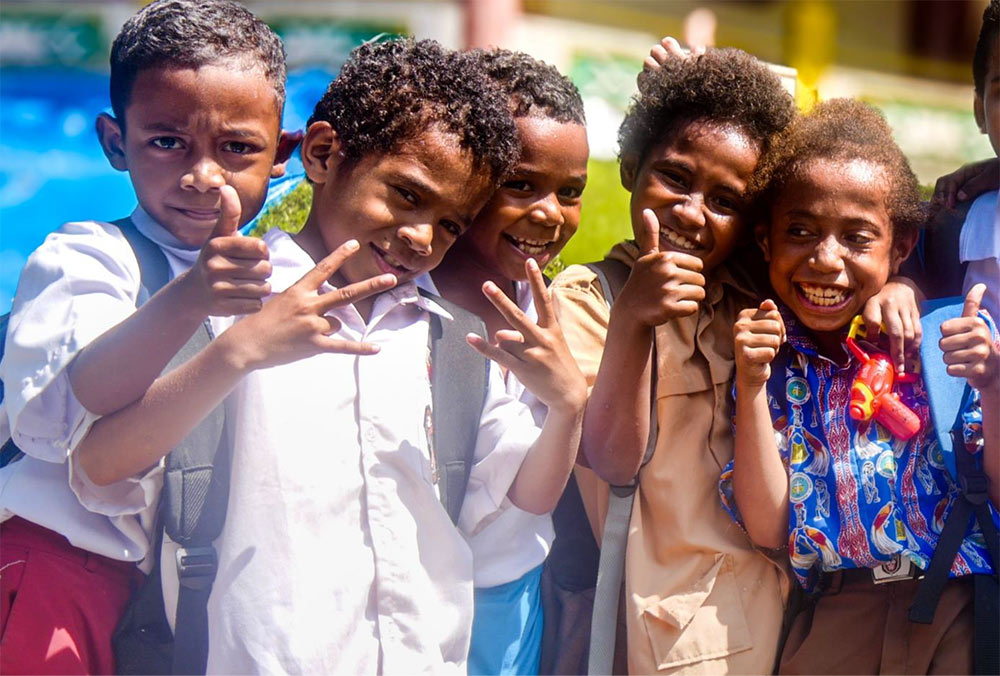
Microeconomics in Sorong`s local Market
At the market you have to get used to the local smells, mud and garbage. But it is a positive example of how microeconomics works because there are hundreds of tiny stalls selling locally grown vegetables run by women. Behind the displays, childrens´ nappies are changed, gossip is exchanged, or they sleep on a pile of pillows. Unfortunately, everything sold is packed in red and white striped thin plastic bags. And this even though there are very beautiful, crocheted nets that are available on every corner and in all sizes. I’m not the only one who likes them, but the people here don’t regard them as a fit means of transport of vegetables, chicken, or eggs. It will certainly take years before the plastic plague can be reduced here. What can be done to help people understand that they are ruining their own livelihood?
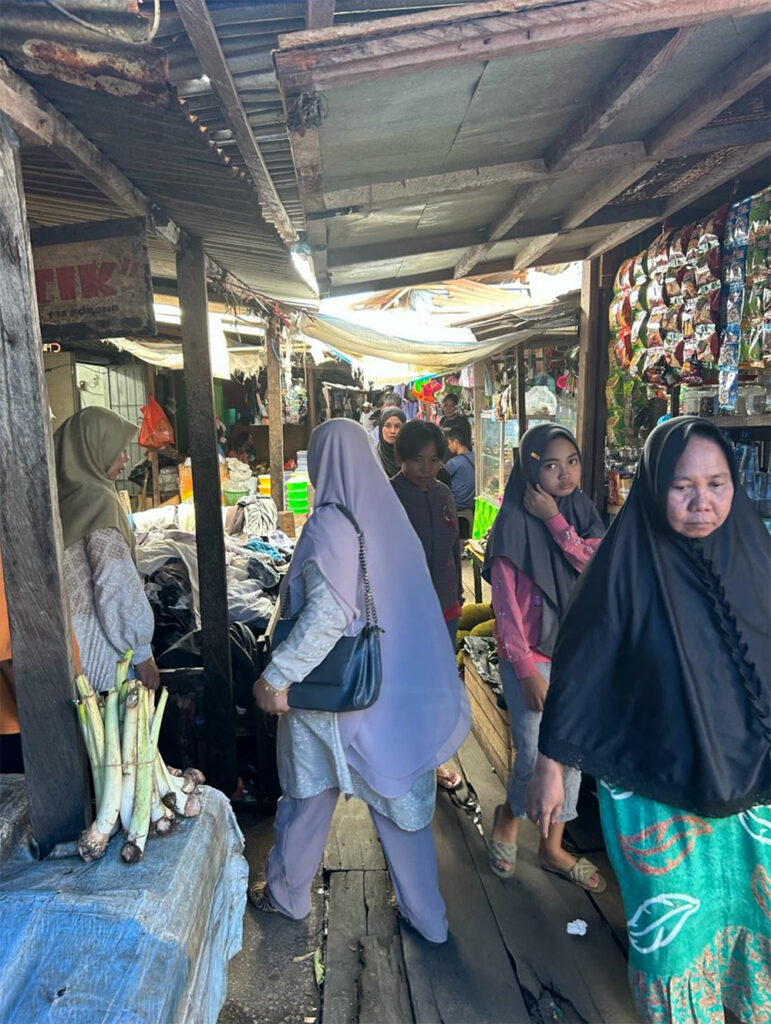
Gold rush in West Papua and its consequences
If you see the simplicity that prevails in the region despite large deposits of gold and natural gas, it becomes clear that it is a long and difficult road. However, the added value from these sources is only very sparsely received by the general population. The Grasberg Mine in central Papua is one of the largest gold and copper mines in the world. 51.3% of the Indonesian holding company belongs to the state of Indonesia, the other part belongs to an American mining company that pays the state taxes for its operation. The company generates an operating profit of US$ 4.1 billion on sales of US$ 6.4 billion. You rub your eyes a little in surprise.
From an outsider’s perspective, it appears that little of this extremely lucrative business is seen in the region. Better roads, good hospitals and decent housing for the local population were to be expected. Perhaps our Western perspective is not objective, and we are unaware of the efforts to improve local living conditions. However, the unsuccessful protests and independence efforts of the people of Papua are also a sign. At the very least, however, the enormous environmental damage caused by the operation of the mine needs more effort to be eliminated. As a result of ongoing criticism, the operator, as investor, was banned from the Norwegian sovereign wealth fund and there are repeated uprisings, strikes and acts of violence against the operators of the plant.
The cultural experience also includes a visit to a local street food stand. The grilled fish tastes fresh and delicious. It is served with steamed rice and a spicy soy sauce. A simple but good dish. Our next stop is a very small national park teeming with mosquitoes. Three colorful parrots and two cockatoos live in an enclosure; we take flight.
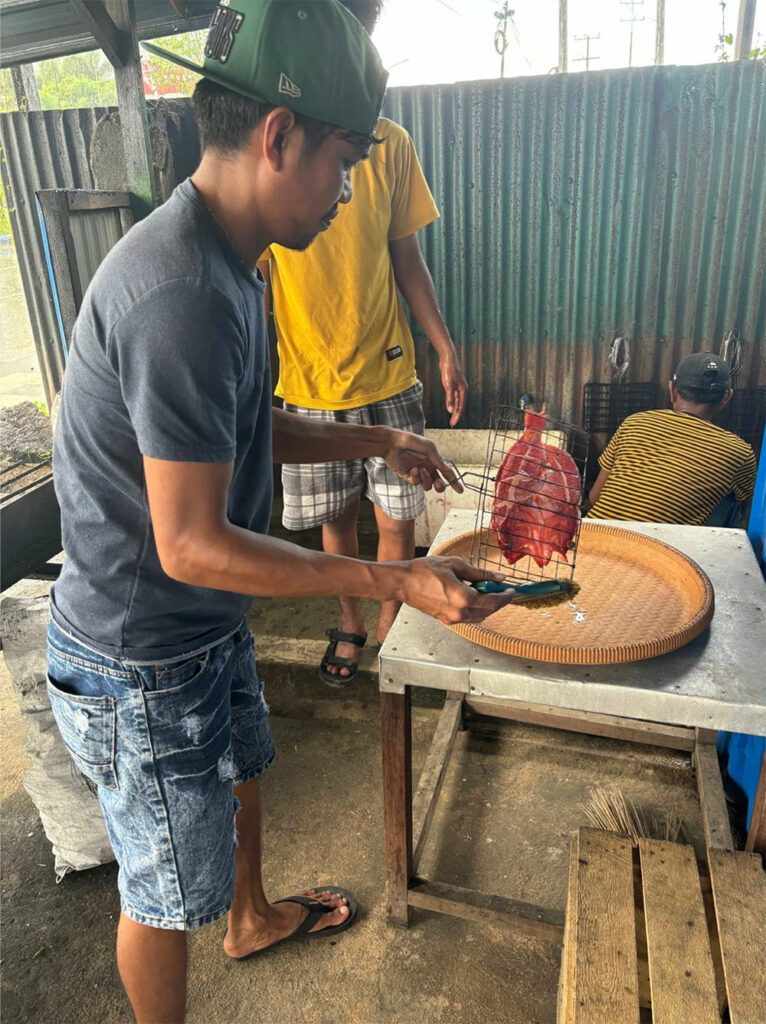
Another cultural highlight that could be mentioned is a visit to a larger supermarket. What do people cook in Papua? It is interesting to see, that, in addition to Barilla noodles, there are a lot of Chinese and Japanese goods on offer. The offer is varied and, as in many countries we have visited so far, provides a lot of fast food.
There is not a lot more to see on land and we look forward to start our diving tour. Raja Ampat, which means kingdom of the four kings, consists of more than 1,500 small islands and 200 dive sites and is a highly praised diving area. Soft and fan corals in all colors grow on the countless beautiful coral reefs. Countless schools of fish from barracuda to snapper and bat fish populate the reefs. A wonderful experience for every diving enthusiast. As a private boat, we are an exception among the numerous local liveaboard wooden boats.
Fantastic dives in the kingdom of the four kings

Numerous local providers take their guests to remote bays and diving spots that can only be reached this way. The dives that we experience are enchanting. I have never experienced such colorful diversity. Soft corals sway in the current and curious clownfish peek out from sea anemones. A wobbegong shark dozes in a cave. Schools of barracuda and Napoleon fish, of considerable size, wait for prey. The coral reefs look like magnificently designed underwater parks. We leave this special area grateful and full of enthusiasm. We continue to Sulawesi on our journey around the world.
